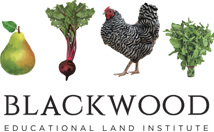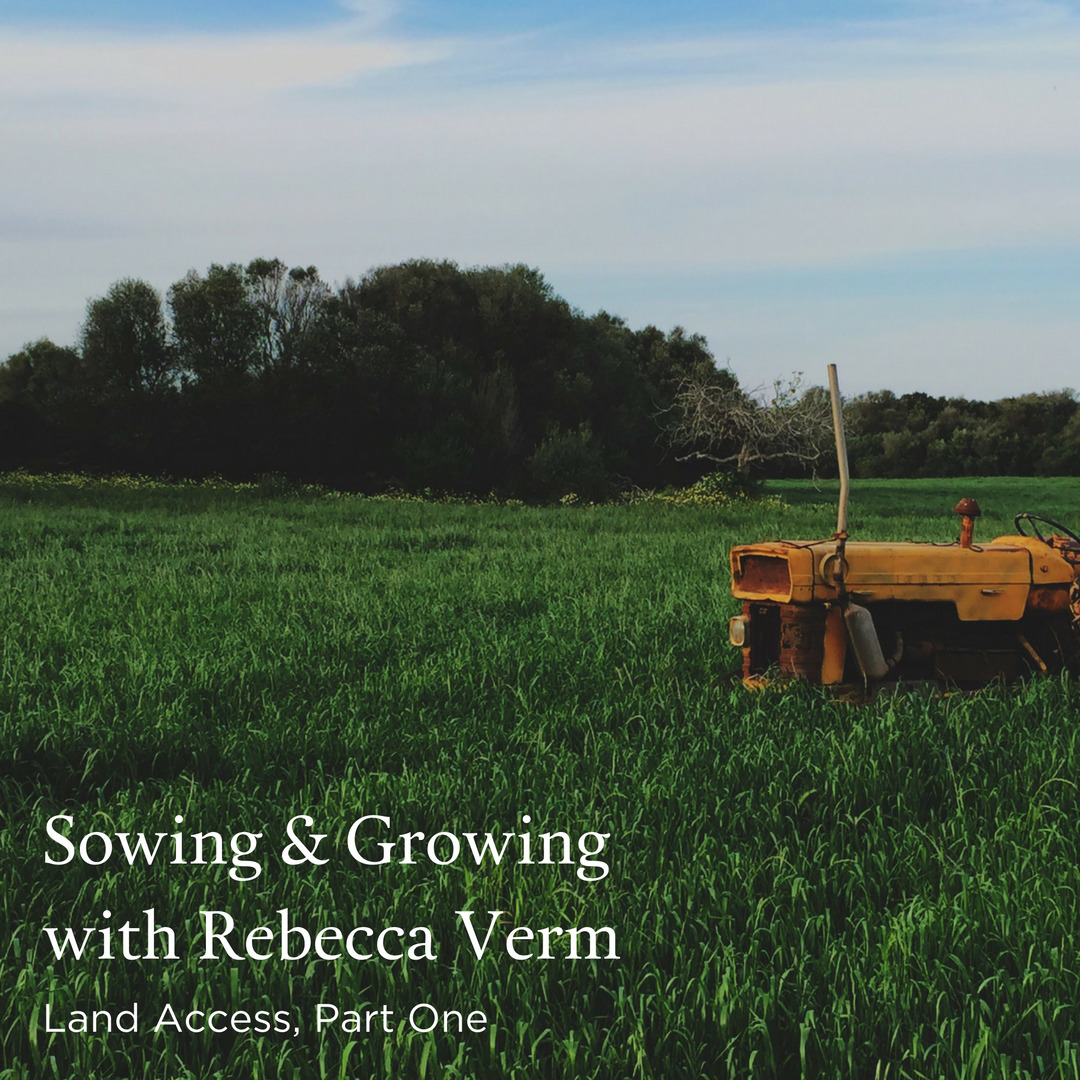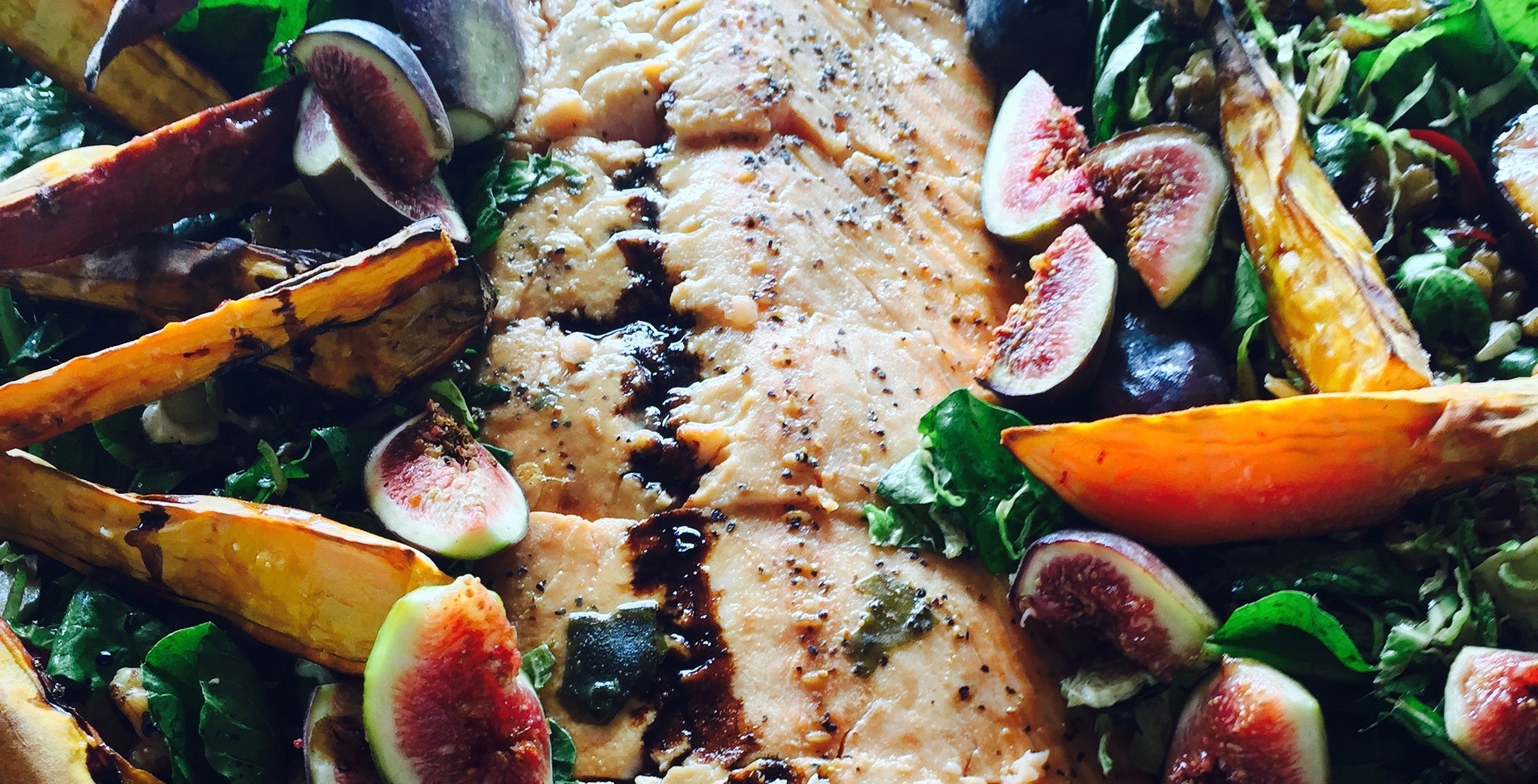Blog
Blackwood’s Children’s Garden
Blackwood Land has many locations perfect for an adult to work in, play in, and take in all of nature. But nature does not only need the love and respect of adults and neither, Blackwood figures, should they. This need for a space for children has led to the...
“Z” is for Zone (Buffer)
A buffer zone provides, well, a buffer. Once a field is eligible to produce a crop sold as organic, it has to follow organic regulations, which include no pesticides and chemicals. A farmer can follow the guidelines all day long, but if a neighboring farm does not...
“V” is for Vertical Farming
The problem: By 2050, it is predicted that the earth will no longer have enough land to sustain a growing human population. The solution: Vertical farming. Vertical farming is exactly what it sounds like: Farming, but up. Farming has always been measured by acres of...
“S” is for Substinence Farming
We’re very familiar with commercial farming, where farmers grow their crops to sell and make a profit. Substinence farming, in contrast, is when a farmer grows only what his or her family needs to survive. Substinence farming, most common in under developed countries,...
Blackwood’s High Tunnels
For some time now, Blackwood has been investing many growing seasons into our structures lovingly referred to as The High Tunnels. The High Tunnels are the large, white, rounded structures you may have seen crisscrossing the land. The tunnels stretch an astounding 168...
“Y” is for Yield
The goal of sustainable agriculture is two-fold: 1) preserve the natural systems and resources that farming relies on, and 2) produce a high yield that will accommodate a constantly growing human population. It may sound counter-intuitive, especially when we see so...
“U” is for Urban Planning
Urban planning—incorporating ways to grow produce within a city infrastructure—is the solution to city living and farm-fresh eating, and it’s taking the world by storm. (Our World) Just in the past few years, our country has become very aware of what food we eat and...
“R” is for Renewable Energy
Traditionally, farms are used to harvest produce and livestock, but there’s been a growing movement towards harvesting something new: renewable energy. Many farmers already use their land to produce renewable energy by growing corn to make ethanol, and many others...
The Land with Cath Conlon: Restoring Blackwood’s Coastal Prairie
For more than 20 years, Cath Conlon has been stewarding the land at Blackwood Educational Land Institute. Without her vision, we’d be nowhere. To celebrate her passion and success, and show the world how we plan to keep moving forward, we’re starting a series about...
Sowing & Growing With Rebecca Verm
Growing up in Texas, I remember watching endless miles of corn and cotton fields fly past my passenger window as my family drove out into the country. For me, as a young girl, this scene became the very definition of farmland: acres of crop rows extending into and...
“T” is for Tillage (Conservational)
When we think of tilling fields, we think of tractors churning up the soil, but that isn’t always the case. Conservational tillage practices offer environmentally and sustainably friendly solutions to tilling fields and preparing them for new crops. The traditional...
“Q” is for Quality of Life
Ask any resource for a definition of “sustainable agriculture” and a focus on enhancing the quality of life for farmers, their workers, and their communities will always come up. Quality of life, as a broad concept, can mean many things. For farmers, it means...





